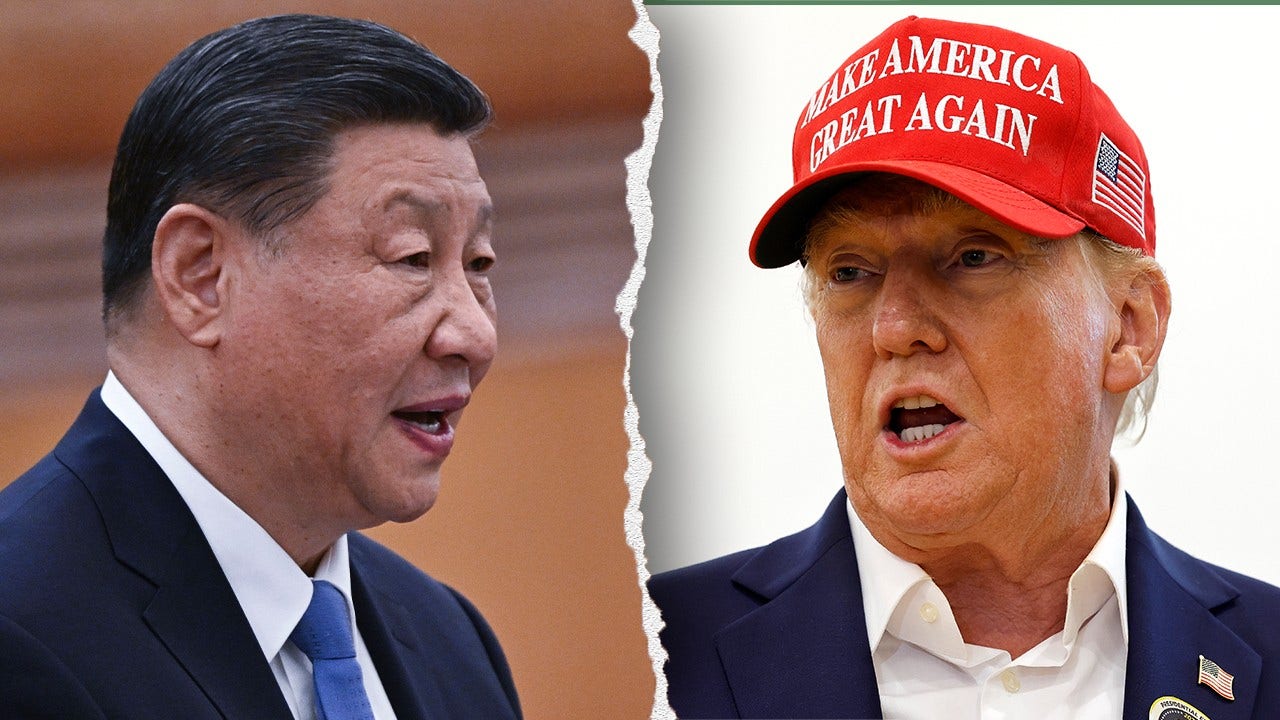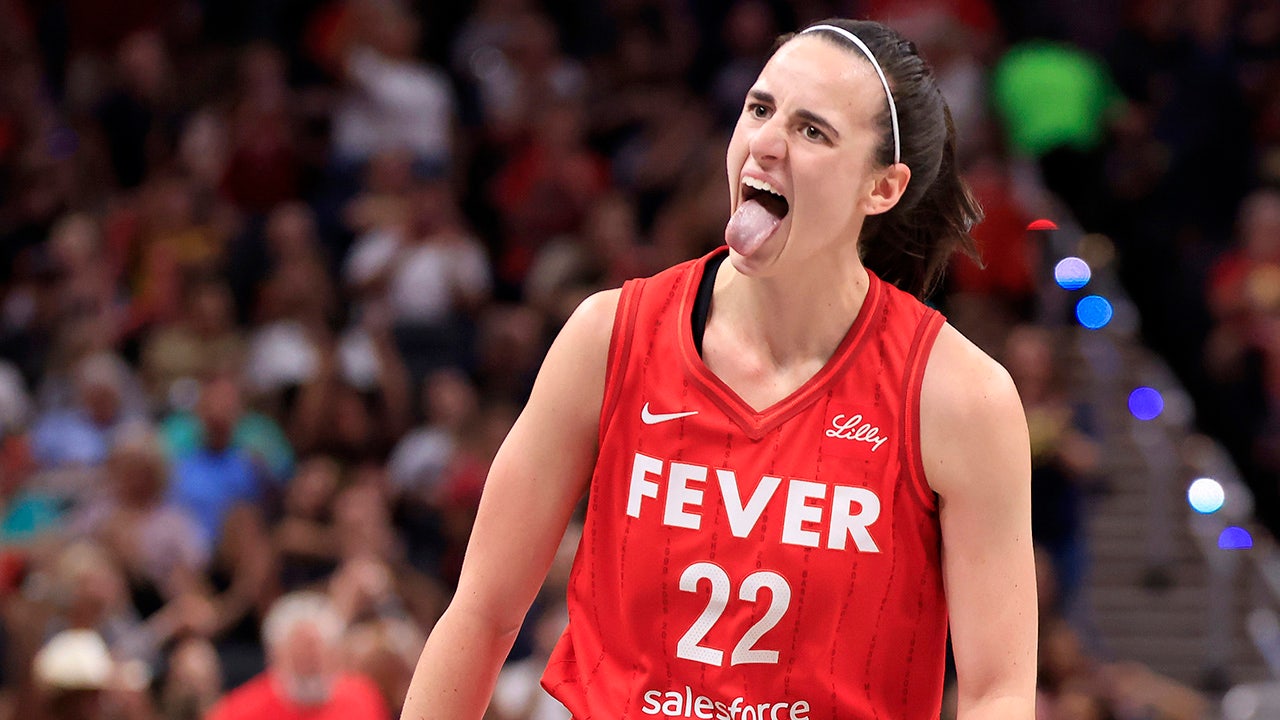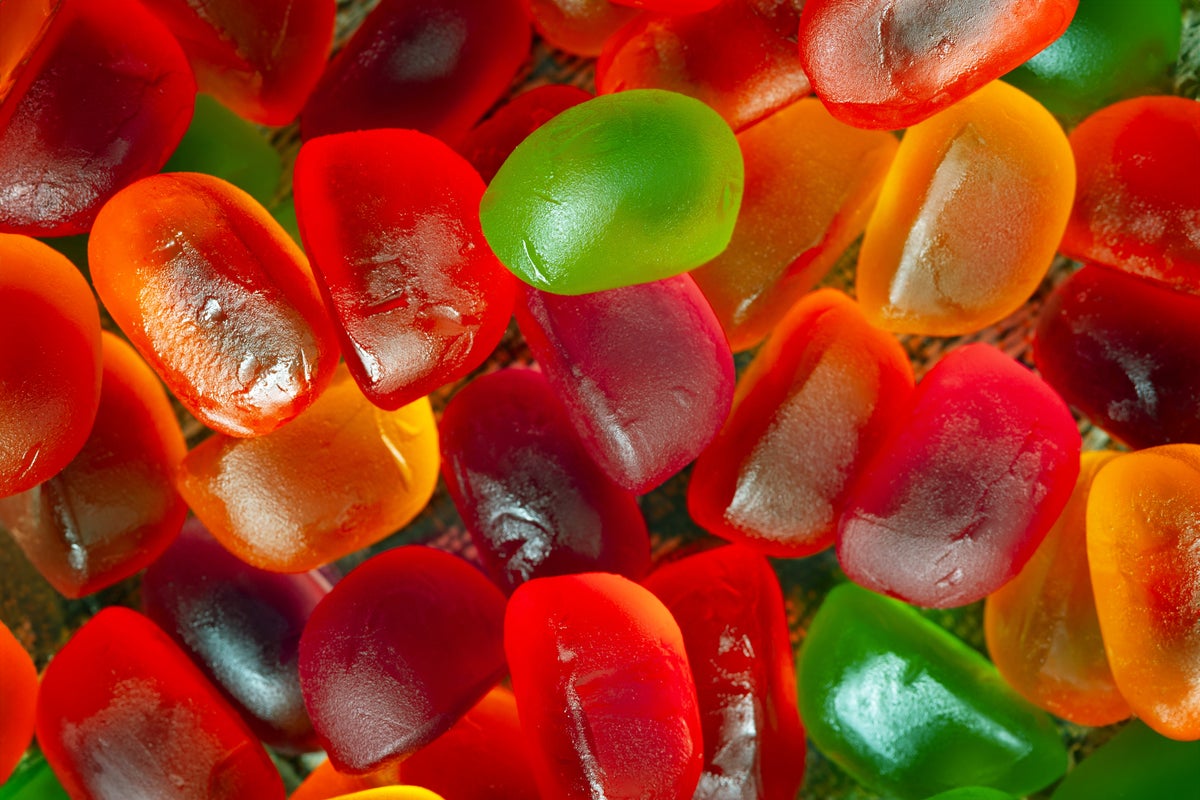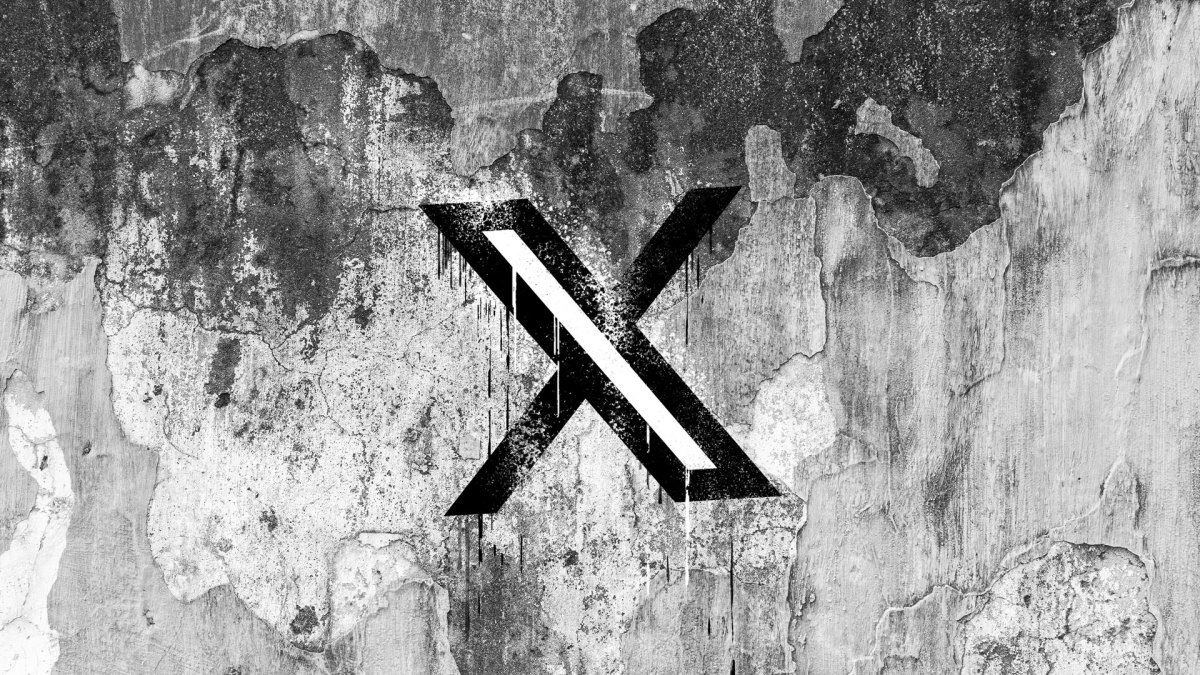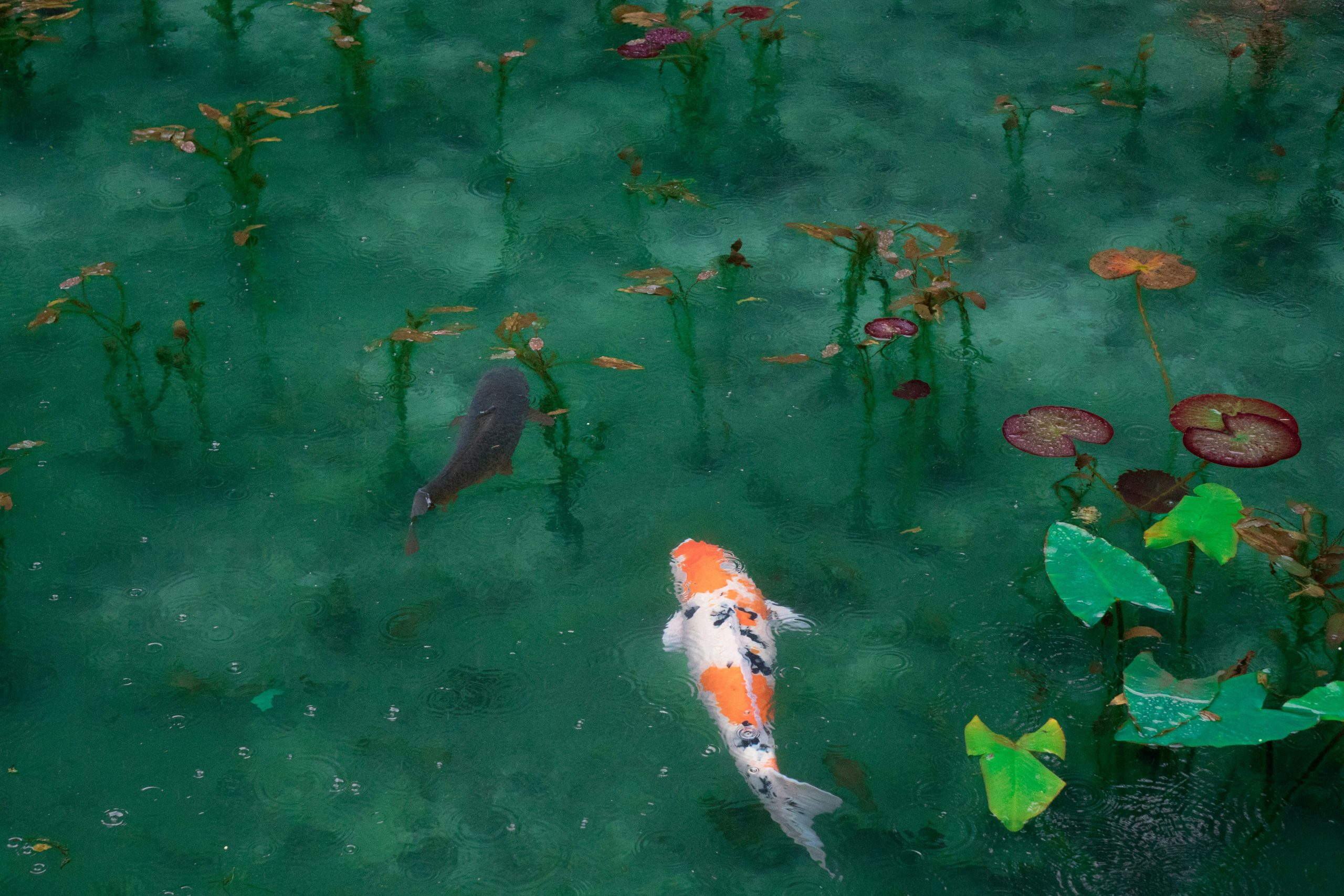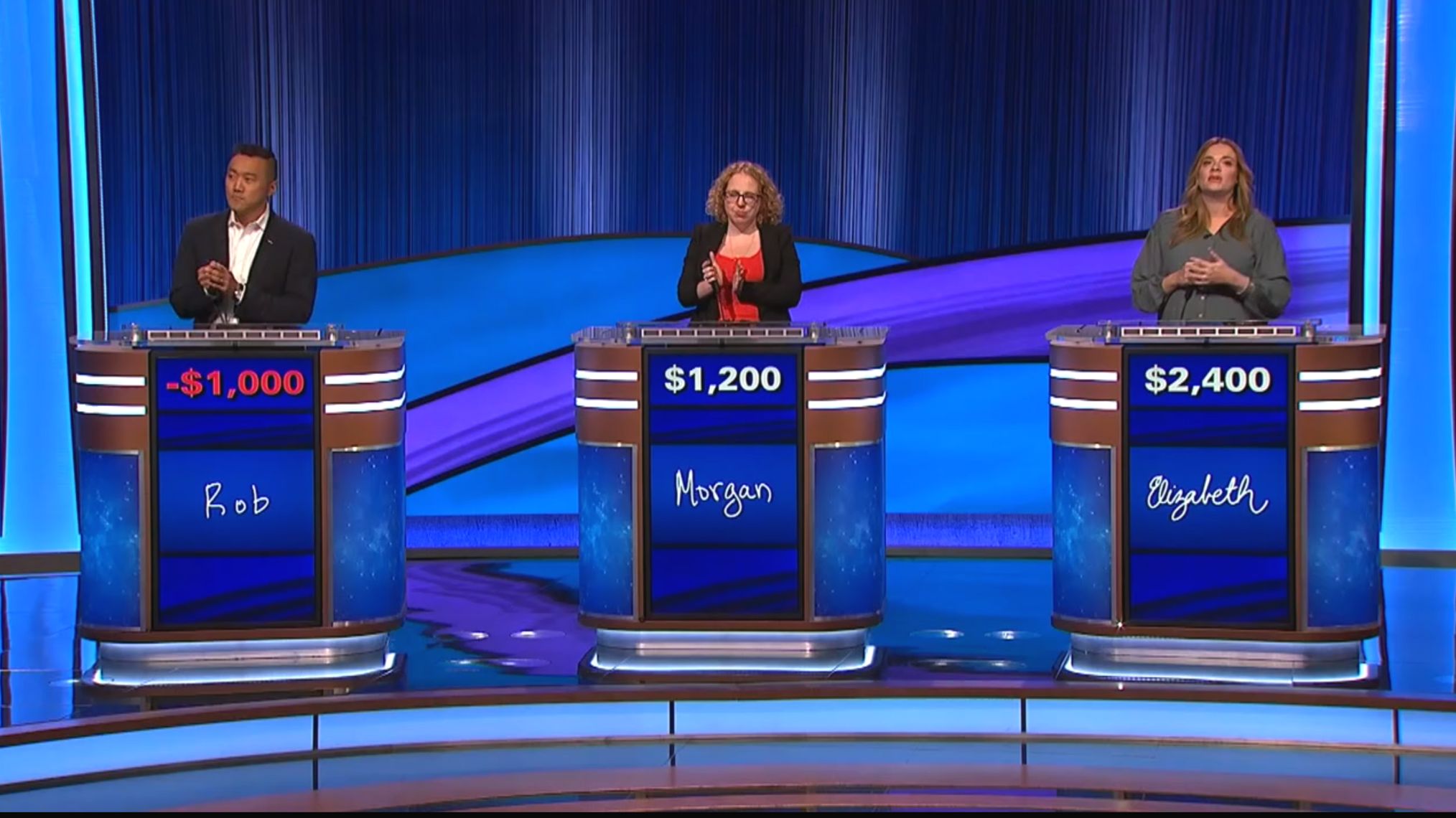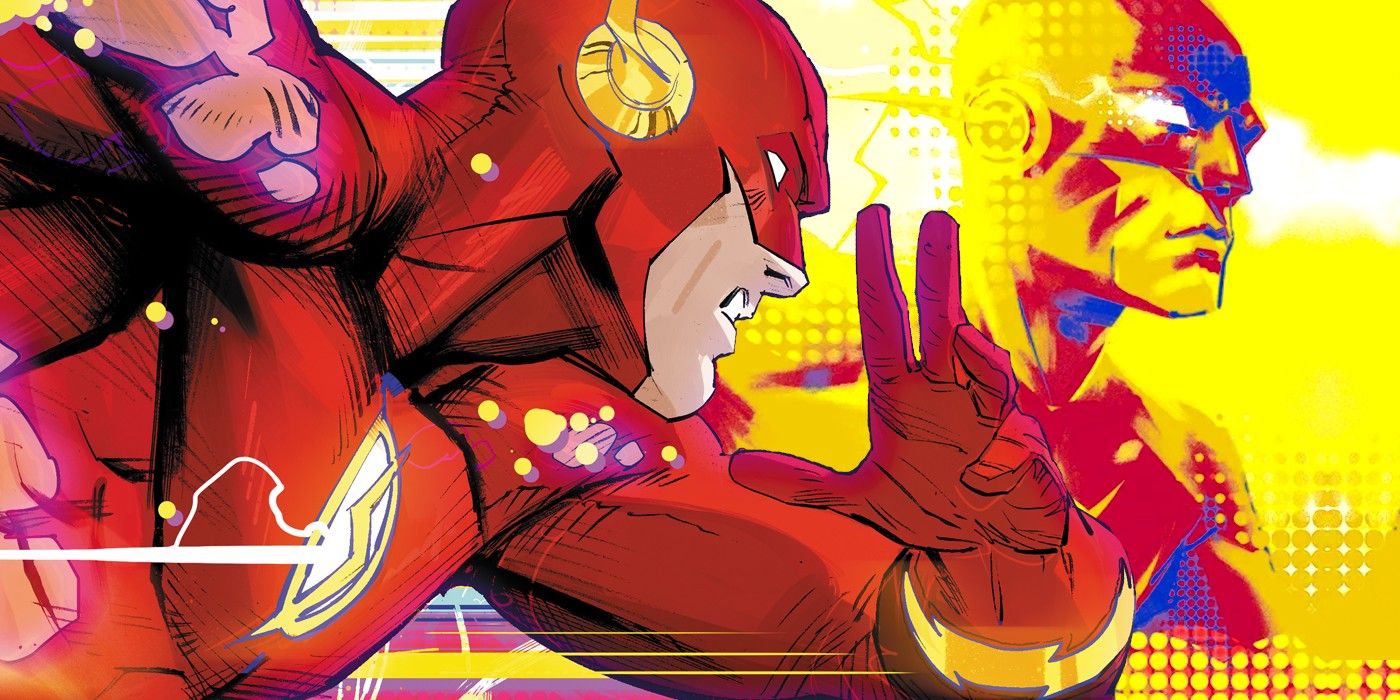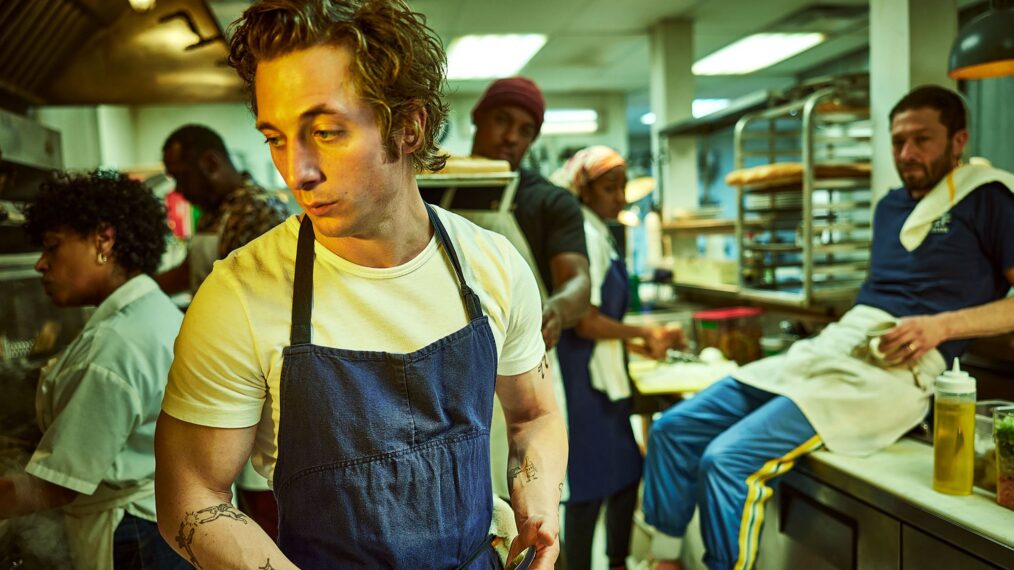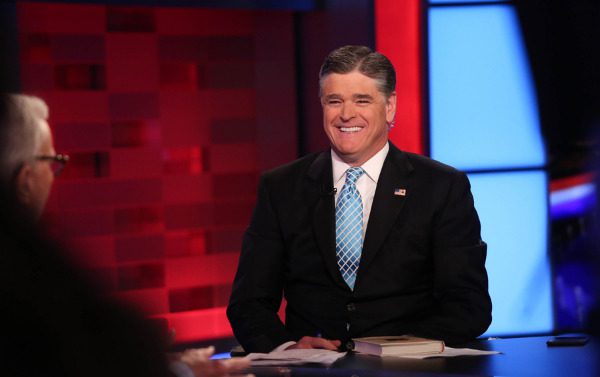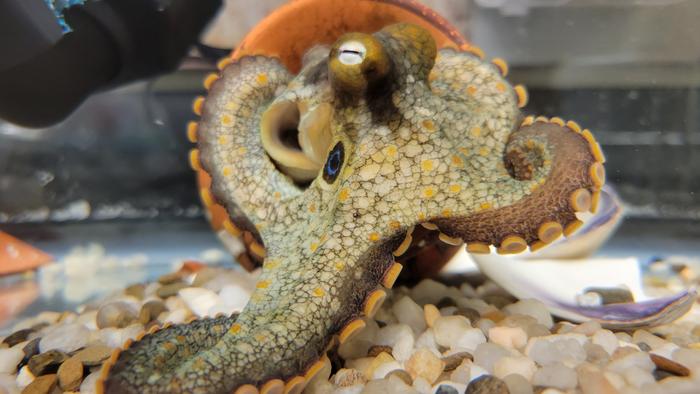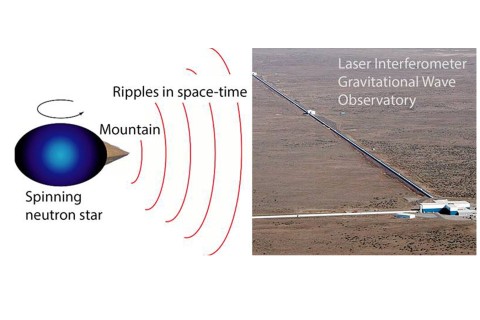Well, group text, the Bad Art Friend saga has finally come to an end.
In case you forgot about the biggest literary story of 2021 (bless you, really), it all stemmed from Robert Kolker’s New York Times feature “Who Is the Bad Art Friend?”, which treated us all to the story of an extremely weird literary feud that started with kidney donation. Basically, in 2015, a writer named Dawn Dorland donated one of her kidneys to a stranger (not a bad thing to do, necessarily) and then wrote about it on Facebook. A few months later, Dorland discovered that one of her acquaintances, a writer named Sonya Larson, had written a story about a kidney donation—a story that used elements of Dorland’s Facebook post and story, and was also…not very flattering. Dorland accused Larson of plagiarism. Among other fallout, the two ended up in court.
Many, many takes sprang up in the wake of this story, with some of the people you know on Team Dorland, others on Team Larson. But now we finally have an answer to the burning question: who was (legally) the Real Bad Art Friend all along?
According to a federal court in Massachusetts, it’s (mostly) Dorland. On September 14, Judge Indira Talwani ruled that Larson’s story, “The Kindest,” was protected by fair use, reports Holly Barker for Bloomberg Law, in large part because the story doesn’t “mirror” the tone or purpose of the original letter Dorland posted on Facebook, or build on her “thoughts, emotions, and feelings about altruistic kidney donation.”
“Indeed, it would be difficult to read “The Kindest” as anything other than a criticism of an altruistic donor’s choice to reach out to a kidney recipient,” Talwani said. The fact that the story is critical of the original material “weighs in favor of transformative use.”
The judge also ruled that Larson had not taken any money out of Dorland’s pockets; if anything, it would be the opposite. She also said it didn’t matter that the letter wasn’t traditionally published.
Now, here’s the part you really need to hear, group texters: “Although [Dorland] argued that ‘bad faith’ personal comments that Larson made about her in group chats with friends and other writers should foreclose the fair use defense,” writes Barker, “Talwani said it didn’t change Larson’s entitlement to her legal defense.”
However, the court ruled against Larson on her defamation and intentional interference claims, because there was “no evidence that she suffered any economic loss,” and because Dorland “communicated the nondefamatory facts underlying her plagiarism accusations.” The judge also said that, at least in regards to Larson’s first version of the story, Dorland’s plagiarism claims were “substantially true.”
Well, it’s over. But if you for some reason would like to wade back in, you can read the court dockets here.



